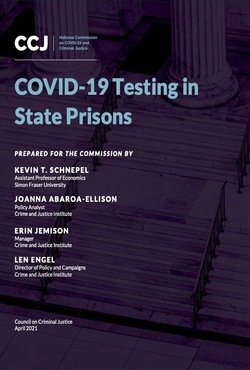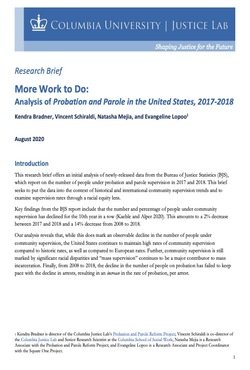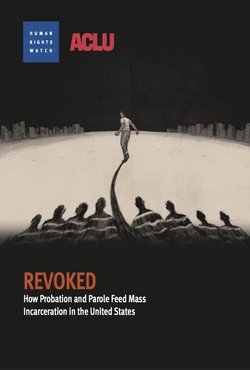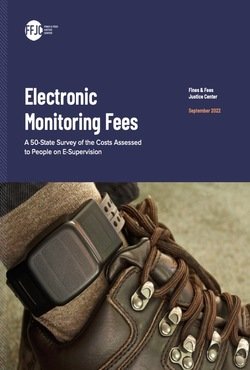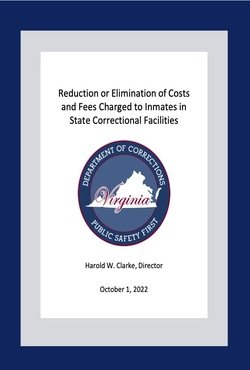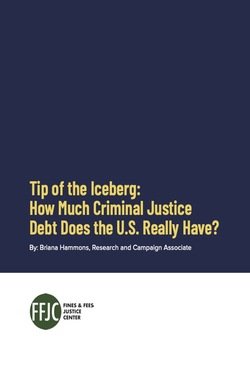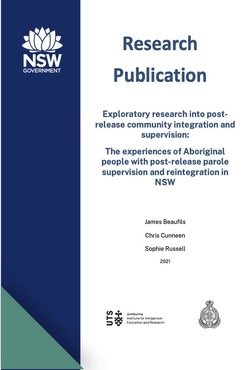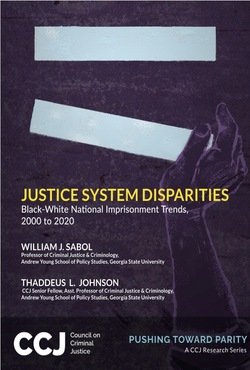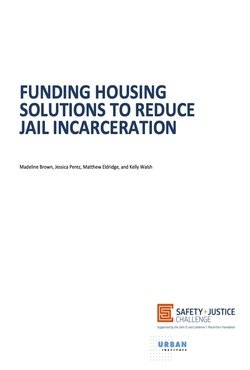BySchnepel, Kevin T., Joanna Abaroa-Ellison, et al.
Across the country, the coronavirus pandemic has had taken a heavy toll on incarcerated populations. High infection and mortality rates stem largely from the crowded conditions and shifting populations within prisons, along with the challenges of implementing effective mitigation strategies, such as physical distancing. This report explores the potential relationship between COVID-19 testing rates and COVID-19 infection and mortality outcomes across the 32 state prison systems where information necessary to conduct such an analysis was publicly available. The report also describes how four states (Colorado, Connecticut, Michigan, and Vermont) conducted mass testing, and details outcomes for their incarcerated populations. Approximately half of the departments in the U.S. attempted to test all individuals in their prisons through some form of mass, or universal, testing program. This report draws on data available as of February 16, 2021.
Washington, DC: Council on Criminal Justice, 2021. 21p.


